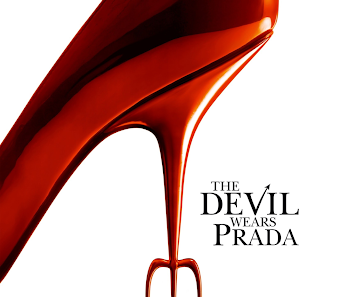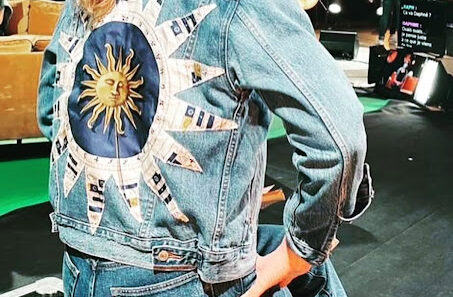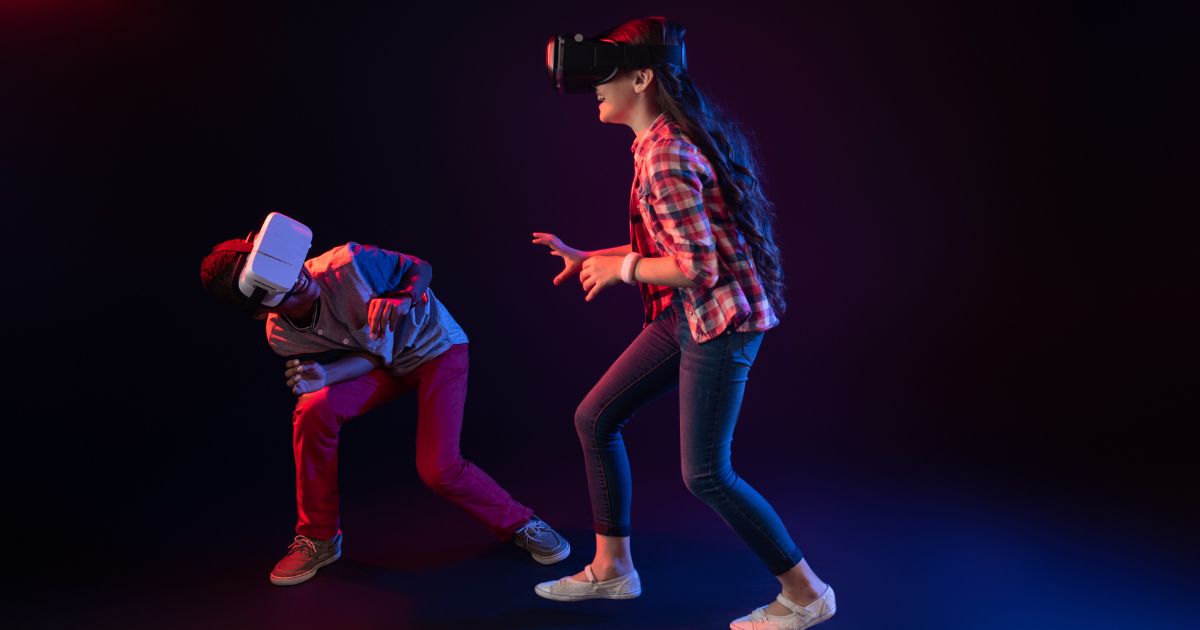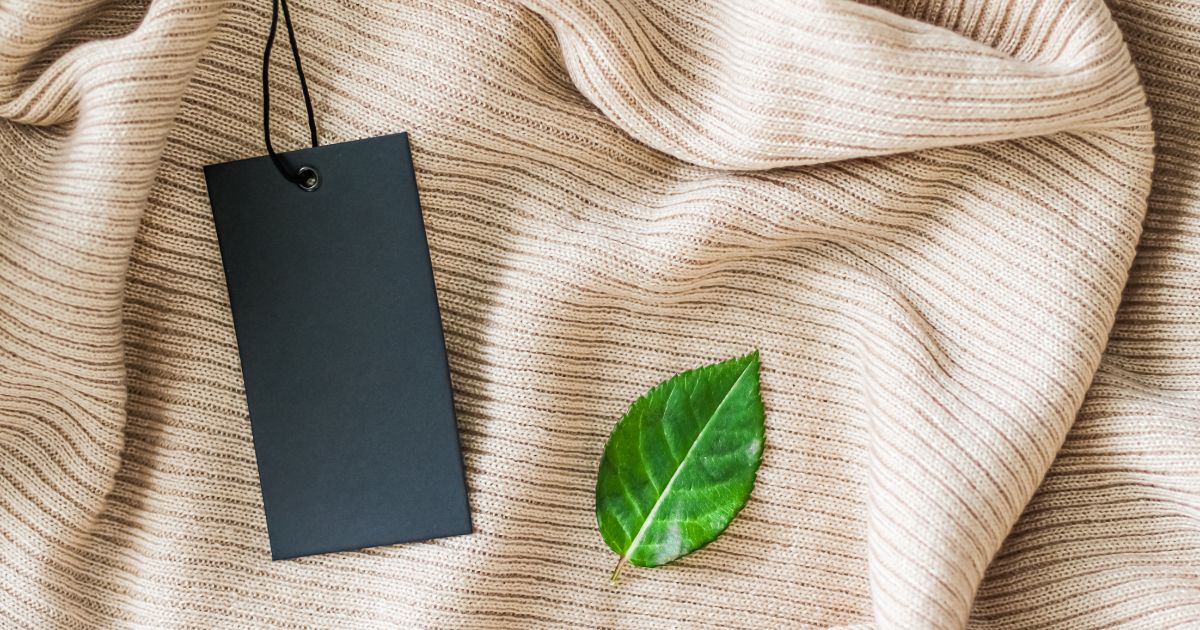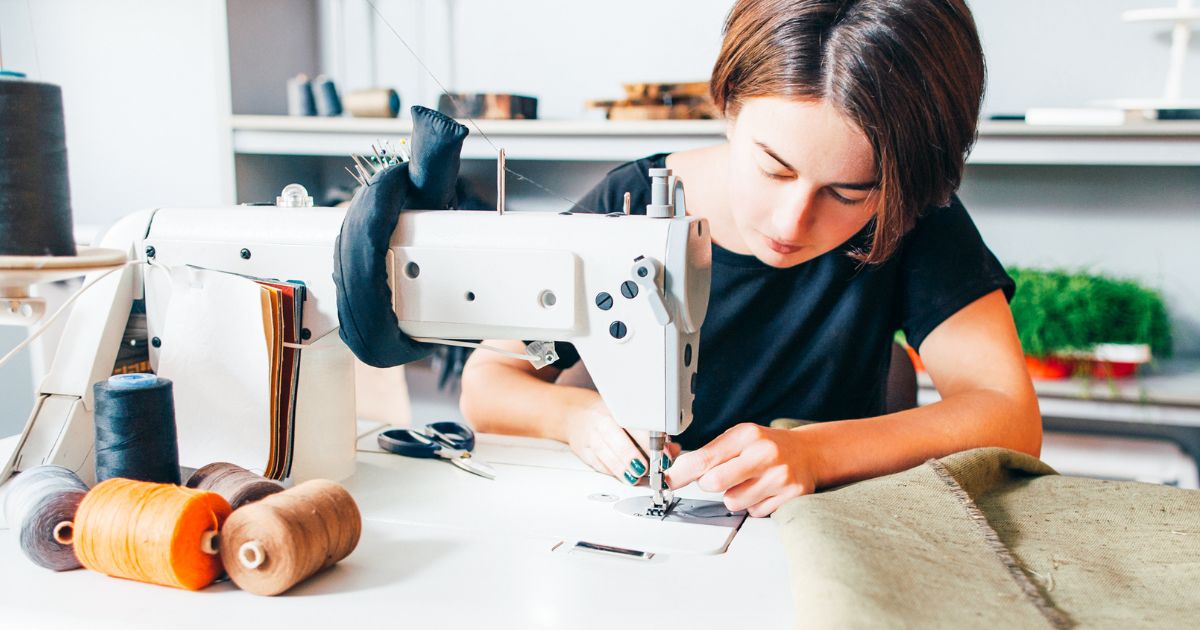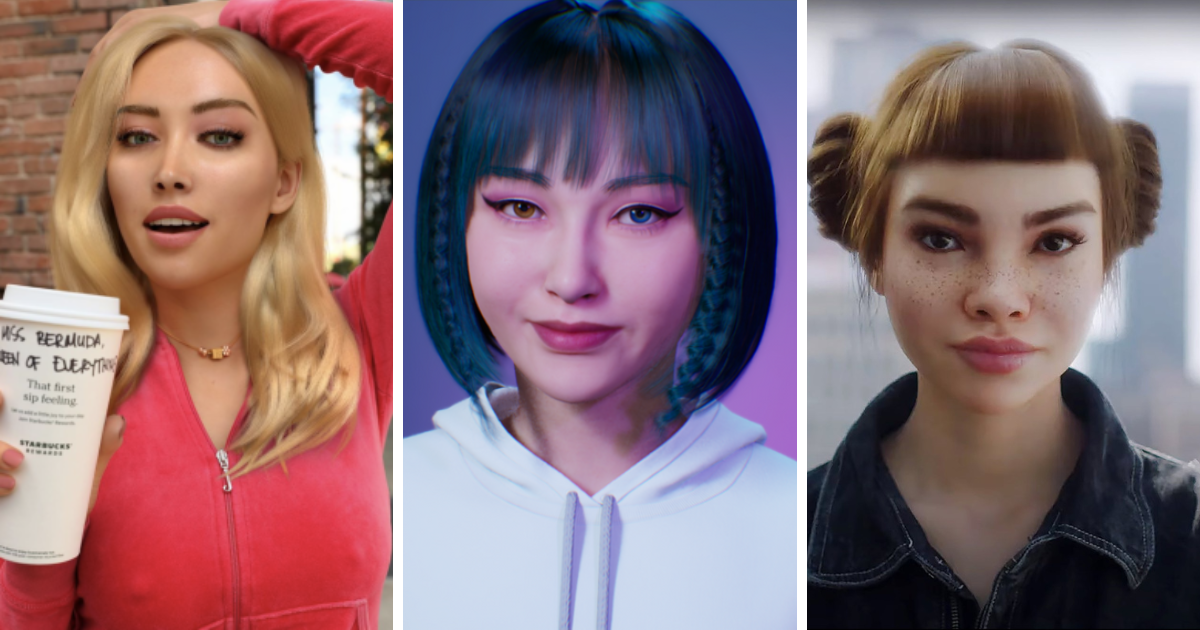COVID-19 has adversely affected almost all the industries operating in the economy. However, the gaming industry has seen a growth during this time. The gaming industry has a wide reach as evident from the millions of subscribers and viewers of the gaming channels and videos over the internet. This is considered a significant opportunity for the fashion brands. Fashion industry, being a creative and dynamic industry, have begun to collaborate with various games and e-sports to market and sell their products in-game.
Fashion brands have been collaborating with sports franchises for a long time now for their apparels, shoes and sports kits. A few instances of such collaboration includes, Partnership of Wimbledon with Rolex, collaboration of Louis Vuitton with NBA, tie-up of Prada with America’s Cup and Sponsorship by Hugo Boss of certain football teams of Europe.
Lately, a new trend of fashion brands collaborating with games is noticeable. The gaming industry is booming and it can reasonably be apprehended hat this trend is here to stay.
People who cannot afford products of luxury fashion brands can now purchase it virtually for comparatively smaller price, in-game.
SIGNIFICANT COLLABORATIONS
“Final Fantasy” is a video game which has an avatar “Lightning”. The famous fashion brand, Louis Vuitton, used Lightning to model their products, in 2016. Later, Louis Vuitton partnered with the popular game League of Legends. LV designed apparels for the avatars of the gamers in the game and additionally it also launched a physical collection of apparels inspired by the game. This collaboration was to market the products of the brand to millions of gamers playing League of Legends. This collaboration also benefits the game. This collaboration has benefitted League of Legends too by extending its reach to the people engaged and interested in the fashion industry, thereby providing it more recognition in the market.
Prada conducted AW18 show which was attended by “Lil’ Miquela”, a virtual instagram influencer, by way of instagram stories and drone shots of the show.
In 2020, Travis Scott conducted a concert virtually on the game “Fortnite”, enabling the players to attend the concert through their alter egos and to purchase the merchandise of the concert for their alter egos. Previously, Honor, Samsung and the National Football League have also collaborated with “Fortnite” to market their products virtually.
In 2020, Marc Jacobs, Anna Sui and Valentino partnered with “Animal Crossings: New Horizons”, to launch in-game looks for the avatars.
Moschino collaborated with “The Sims” making apparels available for the players to purchase for their alter egos in the game.
The players of “NBA 2K” can purchase Tissot watches for their avatars using the currency earned by them in the game.
The 2021 autumn collection of Balenciaga is to be launched through a game called “Afterworld: The Age of Tomorrow”.
The Nook Street Market is an instagram page, providing the opportunity to the players to customize their avatars. The Nook Street Market has collaborated with brands such as Prada, Chanel, FILA, Glossier, Off-White to provide the customisation services to the players for their avatars, helping them in creating an individualistic virtual social identity.
IMPACT OF THE COLLABORATIONS
Collaboration of fashion and gaming industry benefits the fashion brands as well as the game developers by expanding the market for their products. Additionally, it makes luxury fashion brands accessible to more number of people digitally, if not physically. People who cannot afford products of luxury fashion brands can now purchase it virtually for comparatively smaller price, in-game.
Through these collaborations, a digital fashion community can be formed. The players create their own digital status by customisation of their avatars.
The idea of digital fashion is also considered to be sustainable by many, as it enables individuals to purchase online apparels and accessories of certain brands to fit their pictures. For instance, in 2018, Carlings launched a clothing collection virtually, wherein the consumer needs to send a picture to Carlings and the brand sends the picture back to the consumers by fitting the selected virtual clothing article from the collection to their pictures. These pictures could then be uploaded on social media platforms by the consumers. This minimizes the physical manufacturing of the apparels and accessories and addresses the social pressure on the people these days to upload a picture wearing something new and branded every day.
LEGAL CONSIDERATIONS
- Intellectual Property Rights
Making available the products of ones brand on a gaming platform would involve copyright, design rights and trademark protection. Generally, the copyright is vested on the game developer with respect to source code of the game, audio, video and designs rights appearing in the game. Therefore, a contract stating otherwise must be entered by the fashion brands to protect their intellectual property rights on their products.
The agreement between the collaborating parties should adequately provide for the ownership and licencing of the intellectual property rights involved. For instance, the fashion brand should licence the design of the products being made available on the gaming platform and trademark, if any on such products, to the game.
Similarly, in case the fashion brand wants to use the images or videos of the game featuring their products, they would need to obtain a licence of the copyright from the game.
- Maximizing Benefits
In order to maximize their benefits, the fashion brands may enter into an agreement with the gaming platforms to get a few days of exclusivity, thereby eliminating competition for that time. This should especially be negotiated when the brands are launching a limited edition collection, to limit the availability, thereby increasing the demand for their collection.
- Counterfeit
The products can be counterfeited on being displayed on public platforms. To protect the brand from the issue of counterfeit, the trademark on the products being displayed on the game should always be registered. Additionally, the fashion brands should enter into a contract with the game developer to remove and block any counterfeited products in their game and the users involved in counterfeiting.
- Protection of Image
Certain gams are notorious in nature. The fashion brands should research about the game with which they are collaborating and deliberately decide on the collaboration as it would affect the reputation of the brand. Further, the brands should always hold the right to withdraw their products from the game in case the nature of the game changes to be notorious after the collaboration.
Further, a morality clause may be added in the agreement, imposing moral obligations on the gaming partner and virtual figure(s), if any involved.
- Contracting Party
Brands may collaborate with virtual figures such as Lil’ Miquela. The question arises that who will be the other contracting party in case of such collaborations? The person who owns and controls the intellectual property rights on and social media accounts of such virtual figures will be the other contracting party in such cases.
- Advertisement of the Collaboration
The fashion brands must obtain a licence from the gaming partner before using the trademark of the game or publicising the collaboration with any virtual figure on its social media platform.
- Term
In the fashion industry, the brand keeps launching new collection in certain intervals. The gaming partners are not allowed to use the design and trademark of the product licenced to them forever. Therefore, the contract between the parties should clearly mention the term for which the licence has been issued.
Author: Samriddhi Birla




